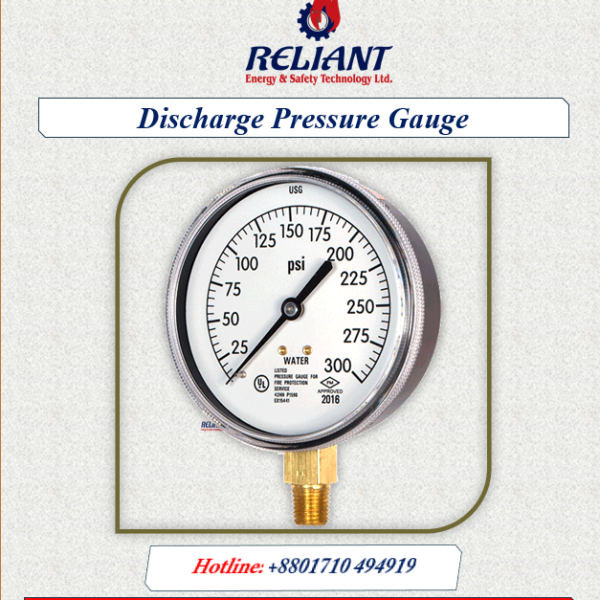The air release valve is a crucial component in a fire protection system, particularly in systems that use pressurized water to extinguish fires, such as fire sprinkler systems. Its main purpose is to automatically and efficiently release any accumulated air or gases from the water pipelines.
Air Removal: During the initial installation or subsequent maintenance of the fire protection system, air can get trapped inside the water pipes. The air release valve is responsible for removing this trapped air, which is essential for the system to operate effectively.
Air Pockets Prevention: Air pockets in the water pipelines can lead to reduced water flow, uneven distribution of water to sprinkler heads, or even complete system failure. The air release valve prevents the formation of air pockets, ensuring consistent water flow and proper functioning of the fire protection system.
Automatic Operation: The air release valve operates automatically, opening and closing in response to changes in water flow and pressure. When air is detected, the valve opens to release the trapped air, and once the air is purged, it closes to maintain the water pressure.
Maintaining System Efficiency: By eliminating air pockets, the air release valve helps maintain the efficiency and reliability of the fire protection system. Proper water flow and pressure ensure that the sprinkler heads can respond quickly and effectively during a fire emergency.
Minimizing Corrosion: The presence of trapped air in the pipelines can accelerate corrosion within the system. The air release valve reduces the potential for corrosion by maintaining a more stable and water-filled environment.
Periodic Inspection: Regular inspection and maintenance of the air release valve are crucial to ensure its proper functioning. Technicians should check for any blockages, damage, or malfunction to ensure the valve remains operational and effective.
In conclusion, the air release valve is a vital component in fire protection systems using pressurized water. It plays a critical role in preventing air pockets, maintaining water flow, and ensuring the overall efficiency and reliability of the system in effectively combating fire incidents.














Reviews
There are no reviews yet.